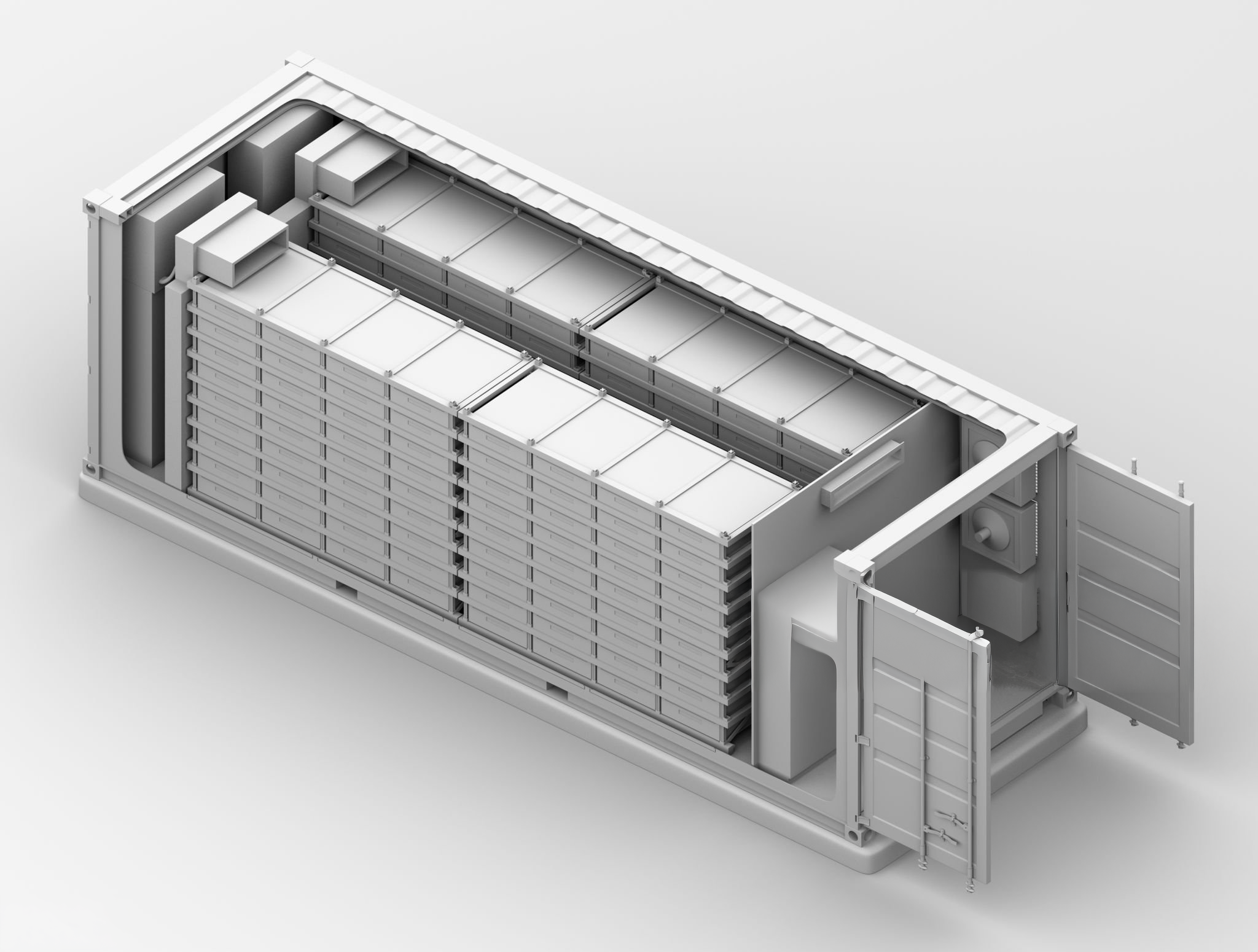How Local Energy Storage Works
Battery storage is helping communities access cleaner, more reliable power. The same technology behind electric vehicles and mobile devices is now strengthening the grid—making it possible to deliver affordable energy where and when it's needed most.
Understanding Battery Storage
Battery storage helps deliver clean, reliable power when it’s needed most. Labyrinth uses proven technology and follows strict safety standards to ensure each project supports both the grid and the community around it.
-
In a modern world of AI, data centers, remote work and electric cars, to call today’s energy demand dynamic is an understatement. The grid is struggling to keep up with shifting demand. Power outages and price volatility are on the rise. Transmission infrastructure is both archaic and intricate, and utilities all over are challenged to balance electrical generation in one region with the unpredictable demand in another. Community-scale energy solves the complex maze of the grid by introducing energy resilience directly into the communities that need it at a scale that can fit in harmony with its neighbors.
-
Energy resilience - Balancing concentrated, remote electricity with local load is challenging, using infrastructure managed by multiple regions and often different operators. Local, distributed energy generation and storage allows for customers to use electricity created at the source which mitigates against power outages and extreme weather events. Storage projects - with their instantly dispatchable electricity - provide backup power and enhanced grid stability to the surrounding area.
Supports renewable energy - Renewable energy projects are intermittent, generating electricity when the sun shines or wind blows. Battery storage projects supplement renewable energy to store power local when it isn’t needed to dispatch it when it is.
Reduces costs - By storing electricity for when it is needed the most, battery projects reduce price volatility by matching electricity supply more closely to demand. By siting energy projects locally, these projects further reduce costs by eliminating the need to move electricity across long distances to end customers.
-
Battery packs are placed into racks like computer servers and stacked in a weather-proof enclosure that looks more or less like a shipping container. Local, community-scale storage projects only require a few of these containers, spaced out within a small area under an acre alongside an inverter and transformer.
Each container also includes monitoring equipment so that the batteries can be remotely tracked and controlled. In addition to charging and discharging the batteries remotely, these systems oversee battery performance to ensure every individual battery is performing optimally or if a unit needs replacement.
-
Labyrinth’s battery storage projects exceed the most rigorous national safety standards and incorporate the best-in-class design practices to mitigate risk. Labyrinth develops lithium-ion battery storage projects, which is the same technology in our electric cars, laptops, and the cell phones we carry in our pockets and bags.
Fire safety is critical to Labyrinth. The battery energy storage system industry has been dynamic and grown rapidly in a short period of time. Designs have evolved leaps and bounds from projects built just a few years ago, with particular emphasis on fire safety . Current state-of-the-art designs created by Labyrinth and other first-rate developers include separate containers spaced out within a project area and set up with cooling systems and fire suppression equipment.
Labyrinth is committed to environmental stewardship and approaches every project with the goal of improving the land and community it supports.

Power Starts with Partnership
We're always looking to connect with landowners, community members, and partners who care about clean, reliable energy.




